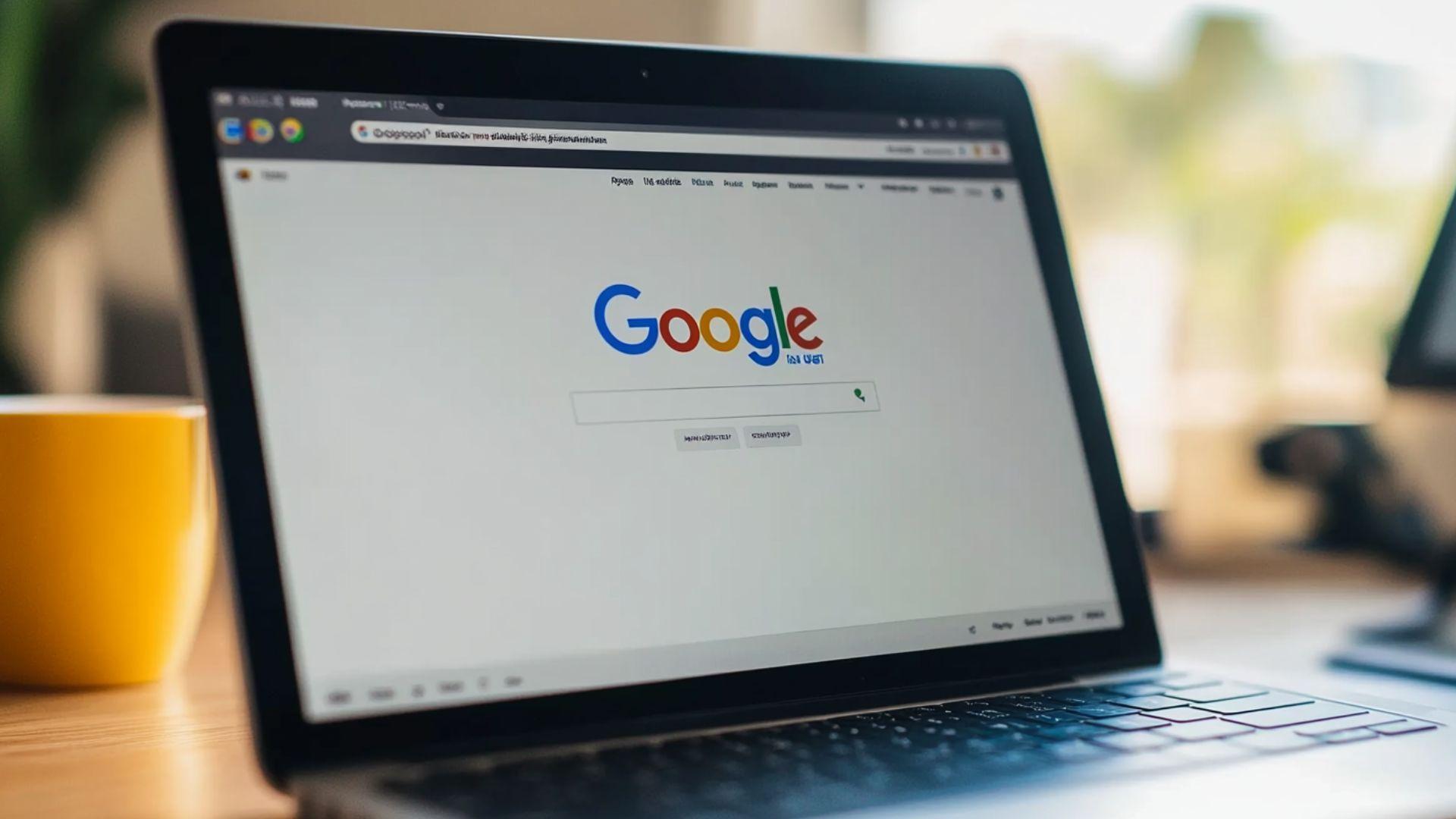
Understanding search engine traffic patterns has become essential for businesses competing in today's digital marketplace. With over 5.56 billion internet users worldwide, search engines now drive more than 53% of all website visits, fundamentally shaping how consumers discover products and make purchasing decisions. Google alone processes an average of 99,000 queries per second, demonstrating the massive scale of search activity that fuels e-commerce, content engagement, and brand awareness.
Modern digital marketing strategies depend heavily on search engine statistics and evolving user behavior patterns. Marketers carefully analyze mobile trends (which account for 63% of all traffic), the rise of voice searches (up 71% among Gen Z users), and AI integrations that enable unprecedented campaign personalization. These insights help predict user intent, optimize advertising budgets, and maximize return on investment. Organic search results generate 1,000% more traffic than social media, making search optimization critical in this $252.5 billion market.
The Current State of Search in 2025
Search behavior has undergone a dramatic transformation since 2020. During the pandemic, users shifted from simple keyword searches to conversational queries that mirror natural speech patterns. By 2025, approximately 35% of all queries will be complete sentences rather than fragmented keywords — largely driven by AI tools like ChatGPT, which understand natural language.
Voice commands now handle quick information requests, reducing the need for traditional clicking. Zero-click results have increased to 65% of searches, as AI-powered summaries provide direct answers without requiring users to visit websites. While privacy concerns have boosted alternative platforms like DuckDuckGo, Google maintains a commanding 90.4% market share.
Search engine user statistics reveal a staggering scale. Globally, 8.5 billion searches occur daily — up from 5.6 billion in 2020. Google processes approximately 99,000 searches per second, while organic search accounts for 53% of all web traffic. Mobile devices account for 57% of searches.
Key trends shaping search behavior:
- AI assistants handle 52% of U.S. queries through Google AI Overviews, resulting in a 20% reduction in traditional organic clicks as users get answers directly on search results pages.
- Voice search growth has reached 20.5% globally, with 8.4 billion voice assistants in use — double the number from 2020. Voice searches show three times higher local intent compared to typed queries.
- Mobile dominance reveals that 27% of mobile searches utilize voice commands, with Gen Z users favoring voice search 71% more than other demographics. Conversational queries have grown 35%, making long-tail keyword optimization increasingly important.
User intent now drives modern SEO strategies. Marketers target three main query types: informational (53% of searches), navigational, and transactional. Successful strategies emphasize E-E-A-T (Experience, Expertise, Authoritativeness, Trustworthiness), schema markup for rich results, and voice-friendly FAQ formats. Long-tail keywords account for 91% of all searches, enhancing ROI by aligning content with zero-click trends.
Search Engine Traffic: Market Leaders in 2025
Google dominates search engine traffic in 2025 with 90.71% global market share as of late October, marking a slight rebound from earlier dips below 90% — the first sustained decline since 2015.
Latest search engine market share breakdown:
- Google – 90.71% (up 0.17% from 2024)
- Bing – 4.00% (up 0.49%)
- Yandex – 2.49% (stable)
- Yahoo – 1.33% (down 0.08%)
- Baidu – 0.97% (down 0.06%)
Search engine usage stats reveal important platform distinctions. Mobile traffic accounts for 63.14% of all searches, with Google holding a 94.6% market share on mobile, compared to 82.2% on desktop. DuckDuckGo grew 13% year-over-year amid data privacy scandals, while Baidu commands an 83% market share in China and Yandex leads Russia with a 72% market share.
These search engine traffic stats require sophisticated multi-platform strategies for global businesses. While prioritizing Google for broad reach makes sense, allocating 5-10% of budgets to Bing (particularly strong in U.S. desktop searches) and regional platforms proves increasingly valuable. AI tools like ChatGPT continue to erode traditional clicks, making optimization for AI-generated summaries essential.
Google vs. Alternative Search Engines
Google leads search engine statistics in 2025 with 90.4% global market share, processing 8.5 billion daily searches. However, alternatives like Bing (4%) and DuckDuckGo (0.8%) maintain niche positions while showing consistent growth.
Search engine optimization statistics highlight important distinctions between platforms. Bing has gained ground through AI-driven features, such as Copilot, boosting its market share by 0.49% year-over-year. DuckDuckGo grew 13% during recent privacy scandals, now attracting 65 million daily users who prioritize anonymity.
Bing's Copilot, built on ChatGPT technology, handles conversational searches and cuts response times by 50%. The platform now leads in 20% of U.S. AI-powered queries. DuckDuckGo's strict no-tracking policy and AI chat feature completely anonymize searches, adding 35 million searches per month.
User segments favoring alternative platforms:
- Privacy-conscious searchers. DuckDuckGo reports 73% of its U.S. and European users prioritize data protection, blocking trackers at twice the rate of Google users.
- AI research users. Perplexity saves users 65% of research time compared to Google, while Bing Copilot achieves 94% accuracy in complex queries.
- Regional audiences. Baidu dominates China with a 61% share, Yandex leads Russia with 70.7%, reflecting local optimization needs.
These shifts in search engine stats demand diversified digital strategies. Target Google for volume and broad visibility, but allocate 10-15% of efforts to Bing for AI-powered gains and DuckDuckGo for building trust with privacy-conscious audiences.
Search Engine Marketing Statistics 2025

Search engine marketing statistics show explosive growth in 2025. Global advertising spending reached $252.5 billion — a 15% increase from 2024. Paid search yields $2 for every $1 spent — double the return rate of social media advertising. Businesses report 200% higher conversion rates from intent-based search ads, while organic search accounts for 53% of website traffic.
Google Ads dominates with 85% platform share, leveraging AI for predictive bidding. Microsoft Advertising experienced a 12% growth through Copilot integration. Emerging AI-driven platforms, such as Perplexity Ads, are projected to achieve 20% market penetration by year-end.
Critical paid search metrics:
- Massive ad volume. 8.5 billion daily searches generate 2.5 million paid clicks per minute on Google alone.
- Mobile advertising dominance. 70% of paid clicks originate from mobile devices, with voice-activated ads increasing 40%.
- AI-powered optimization. 65% of ads now utilize machine learning for targeting and bidding, resulting in 28% higher click-through rates.
- Zero-click monetization. Featured snippets increasingly include shoppable ads, capturing 25% more revenue.
Understanding the relationship between search engine optimization statistics and paid performance significantly enhances marketing results. Organic traffic costs 1,000% less per visitor than paid advertising while delivering sustained long-term value. SEO insights — such as the fact that 91% of searches use long-tail keywords — guide keyword targeting strategies that enhance ad relevance. Marketers who strategically blend both approaches see a threefold ROI improvement.
Future Trends Shaping Search Marketing
Evolving search engine statistics usage will fundamentally reshape SEO and digital marketing by 2027. AI answer engines will increasingly dominate, potentially reducing traditional website traffic by 25% as users opt for instant responses. Marketers must shift focus from traffic volume to visibility within AI answers.
Current projections indicate a 51% adoption rate of AI content tools among marketers. AI Overviews now appear in 15% of queries, significantly reducing traditional click-through rates. Visual search tools, such as Google Lens, are boosting multimodal queries by 40%, while zero-click results have reached 60% of searches.
Critical impacts on marketing strategy:
- AI personalization – tailors results to individual users, lifting conversion rates 41% while requiring optimization for conversational queries.
- Visual search growth – 35% of searches now incorporate images. Success requires optimized alt text, structured data markup, and presence on visual platforms.
- Zero-click strategy – Featured snippets build brand authority even without clicks. Creating high-quality E-E-A-T content helps brands appear in 69% of news-related AI answers.
- Voice and multimodal search – 27% of mobile searches use voice commands. Winning strategies include concise, conversational content and local FAQs.
Monitoring search engine marketing statistics and emerging trends can provide a competitive advantage. Track AI visibility metrics quarterly, diversify content across platforms such as YouTube, and adapt strategies as the market grows toward $300 billion.
learn with mettevo
view blog


Are You Ready To Grow Your Website?
Understanding the ins and outs of website growth, we help ensure that your site grows over time with ever-increasing reach and accessibility. Not only do we employ the latest digital marketing techniques for driving traffic directly to your website, but our strategies also focus on gaining loyalty from those visitors so they come back again and again.
Leave your contacts to get a comprehensive and aggressive digital marketing plan taking your business to new heights.